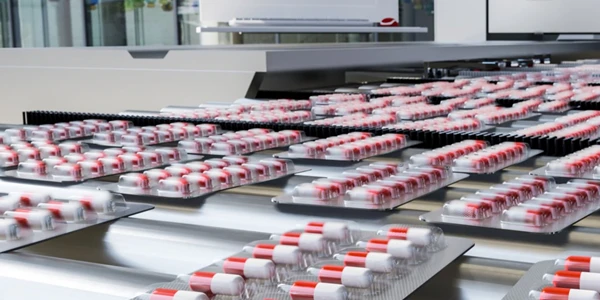Tips for Troubleshooting Your Centrifugal Evaporator
Problem 1: Weak vacuum

Change the vacuum pump oil and run the evaporator again. If the vacuum is stronger, then you’ve eliminated the root problem of contaminated oil. If the vacuum is still weak, then proceed to the next step. Clean the lid gasket with an aqueous-based cleaning solution. Depending on the acidity of your samples, it’s possible that grime has built up on your gasket and compromises the seal when the lid is closed. Make sure not to use an acidic cleaning agent as that could erode the gasket, worsening the problem. After cleaning the gasket, run the evaporator again and see if the problem persists. If so, try replacing the vacuum hose. Assuming the new vacuum hose does not help, it is a safe bet that the vacuum pump is malfunctioning. In this case, your options are to either (1) have the pump rebuilt by a qualified service technician or (2) order a new pump.
Problem 2: Evaporator doesn’t spin properly

Problem 3: Evaporator doesn’t heat samples effectively

Dec 10, 2025
Featured, Popular Products
How Microplate Dispensers Enable Modern Research and Discovery
From drug discovery to genomics, almost every lab today depends on microplate dispensers.

Dec 08, 2025
Technical Insight
The Best Colorimeters of 2026
Discover the top-rated colorimeters of 2026 for laboratory professionals. We review the best new models for accuracy, speed, and chemical analysis.

Dec 08, 2025
Technical Insight
The Best Biosafety Cabinets and Laminar Flow Hoods of 2026
Discover the top biosafety cabinets and laminar flow hoods of 2026. This guide reviews safety, efficiency, and features for optimal laboratory protection.

Dec 05, 2025
Technical Insight
The Best Laboratory Incubators of 2026
Discover the best laboratory incubators of 2026. This guide reviews top models for cell culture and microbiology, focusing on precision, capacity, and new releases.

Dec 05, 2025
Technical Insight
The Best Electrophoresis Equipment of 2026
Discover the top electrophoresis equipment of 2026 for research and clinical labs. Compare models for budget, throughput, and versatility.

Dec 05, 2025
Technical Insight
The Best Laboratory Chillers of 2026
Discover the top-rated cooling systems for 2026. This guide reviews high-performance, eco-friendly, and budget-conscious lab chiller models.

Dec 03, 2025
Featured, Popular Products
Remapping Research and Discovery with Spatial Imaging
By integrating molecular identity with spatial relationships, researchers can build more predictive models, uncover hidden cellular interactions, and generate insights that would remain invisible using conventional methods alone.

Dec 03, 2025
Featured, Popular Products
The Evolution of Continuous Processing in Pharmaceutical Development and Manufacturing
Ongoing advancements in technologies including hot-melt extrusion and twin-screw granulation will further accelerate the transition to continuous processing as the new standard in pharmaceutical development.

Dec 02, 2025
Featured, Popular Products
The Expanding Impact of Biolayer Interferometry on Antibody Development
Biolayer Interferometry (BLI) now sits at the center of modern antibody R&D - delivering kinetic, affinity, specificity, and competitive binding insights in a single streamlined platform.

Nov 24, 2025
Buying Guides, Featured
Advanced Raman Spectroscopy and the Need for Rapid and Reliable Data in Pharma Testing
As the pharma industry continues to shift toward agile manufacturing, continuous processing, and real-time release testing, advanced Raman spectroscopy technologies are set to lead the way.
